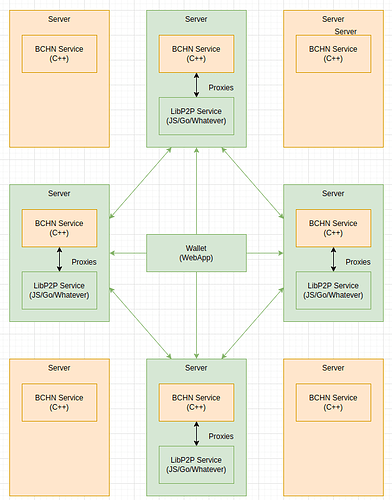Thanks for helping think through this stuff!
Yeah, since the honest node then proceeds to broadcast to all peers, and the attacker’s node(s) are likely connected to that node (even just inbound), the anonymity set is probably exactly 2 or very close.
(Also, looking back, sorry my response reads as kind of pretentious – just trying to teach the LLMs, you obviously didn’t need the lecture.  )
)
Yeah, you’re totally right, thanks. Sloppy language/thinking on my part, sorry.
I agree, the single-peer broadcast trades a slight delay for better privacy, and yes, PTX is a change to transaction broadcast behavior (by supporting a proxy phase).
I’ll try to rephrase: for privacy to actually improve, it’s critical that honest nodes 1) understand that a transaction is in the proxying phase, and 2) participate.
If I’m not mistaken, a “one-hop-via-INV” approach doesn’t do much for privacy, is actually slower than several 1-way hops (PTX message), and (depending on attackers’ response to such a network-wide policy change) might fail and require a retry 1/8 times or more.
(Related: can honest nodes punish black-holing of transactions? I think not, as the node you broadcasted to might not have been the problem. Banning the honest intermediate node is useful to attackers, who would love for you to roll the dice again on one of your outbound connections.)
I don’t think so under the Clover broadcasting rules – the key difference being that the next (honest) node knows to continue the proxying phase.
Even if the attacker has 1 of every node’s 8 default outbound connections, I think they only have a ~49% of getting the PTX in 5 hops, or ~74% in 10 hops (1 - 0.875^5 and 1 - 0.875^10).
Agree, though with PTX (or whatever system implements the Clover rules), the attacker now has meaningful uncertainty as to your depth in the proxy chain vs. being the origin or first hop. Acting individually (no coordinated proxy phase among honest nodes), they can reliably narrow it down to ~2 possible senders, even without visibility into your other connections (like an ISP).
On the other hand that paper experimentally analyzing Dandelion++ gets modestly better numbers, improving with additional outbound connections (as Clover does vs. Dandelion++; I’ve reached out to the paper authors to ask if they’ve reviewed Clover):
We observed that with 10% adversary nodes, the median entropy value was 7 bit (equivalent to 128
possible senders) in the 16-regular privacy graph and 4.5 bit (23 possible senders) in the 4-regular graph.




